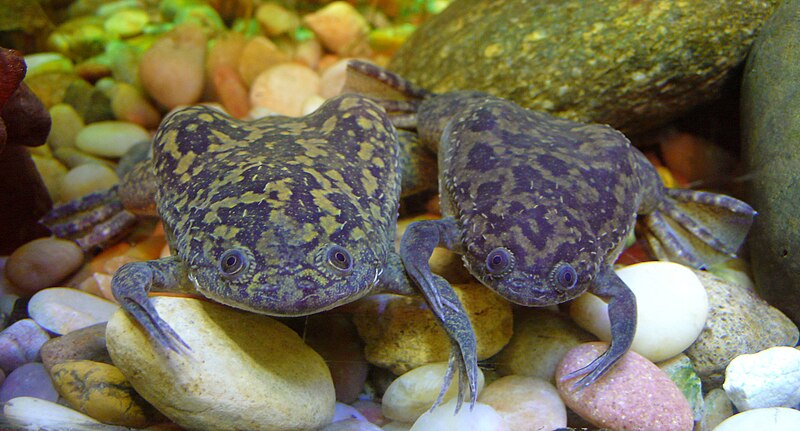 I’ve found the Penn Plax Turtle Pier to be one of the most useful of all basking platforms. In addition to providing a haul-out site that does not take away from the swimming area, it can be used by reptiles and amphibians in a variety of other ways. Today I’d like to describe two “fine points” that are sometimes over-looked when semi-aquatic terrariums are designed.
I’ve found the Penn Plax Turtle Pier to be one of the most useful of all basking platforms. In addition to providing a haul-out site that does not take away from the swimming area, it can be used by reptiles and amphibians in a variety of other ways. Today I’d like to describe two “fine points” that are sometimes over-looked when semi-aquatic terrariums are designed.
Sub-Surface Resting and Basking Spots
Many semi-aquatic turtles do not often fully emerge from the water, but rather rely upon resting sites that are just below the surface. Included among these are Mud, Musk, Snapping and Chinese Big-Headed Turtles. In the wild, these turtles, as well as Green Frogs, Ribbed Newts and many other amphibians, rest upon submerged logs, branches and rocks that almost, but not quite, reach the water’s surface. From such locations, they can watch for predators and prey and, possibly, obtain some UVB exposure (UVB rays do not penetrate very far into water). In aquariums, driftwood is also useful in this regard…please see the article below. Read More »
 That Reptile Blog – Reptile, Amphibian and Exotic Pet Care and Information
That Reptile Blog – Reptile, Amphibian and Exotic Pet Care and Information




